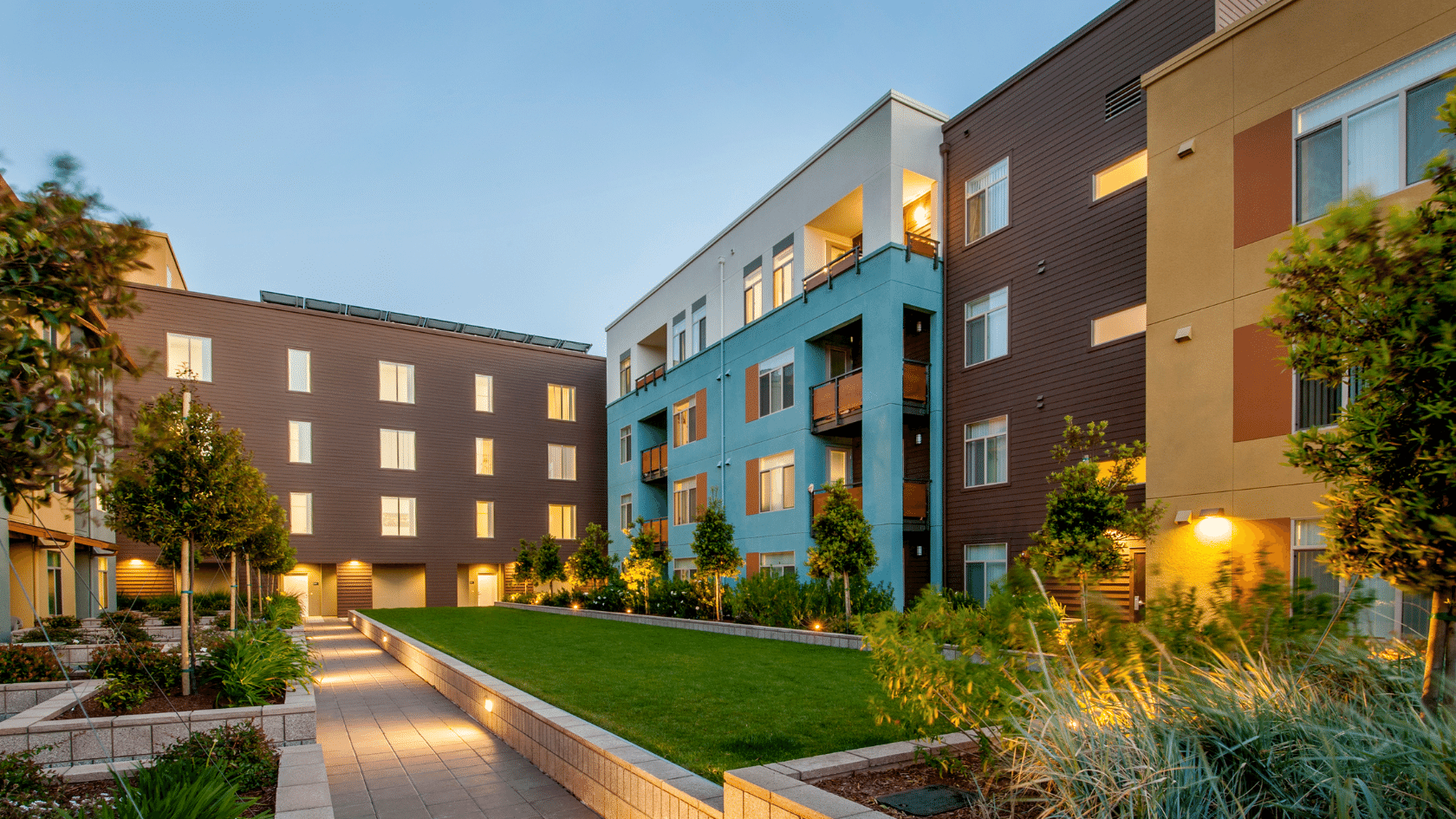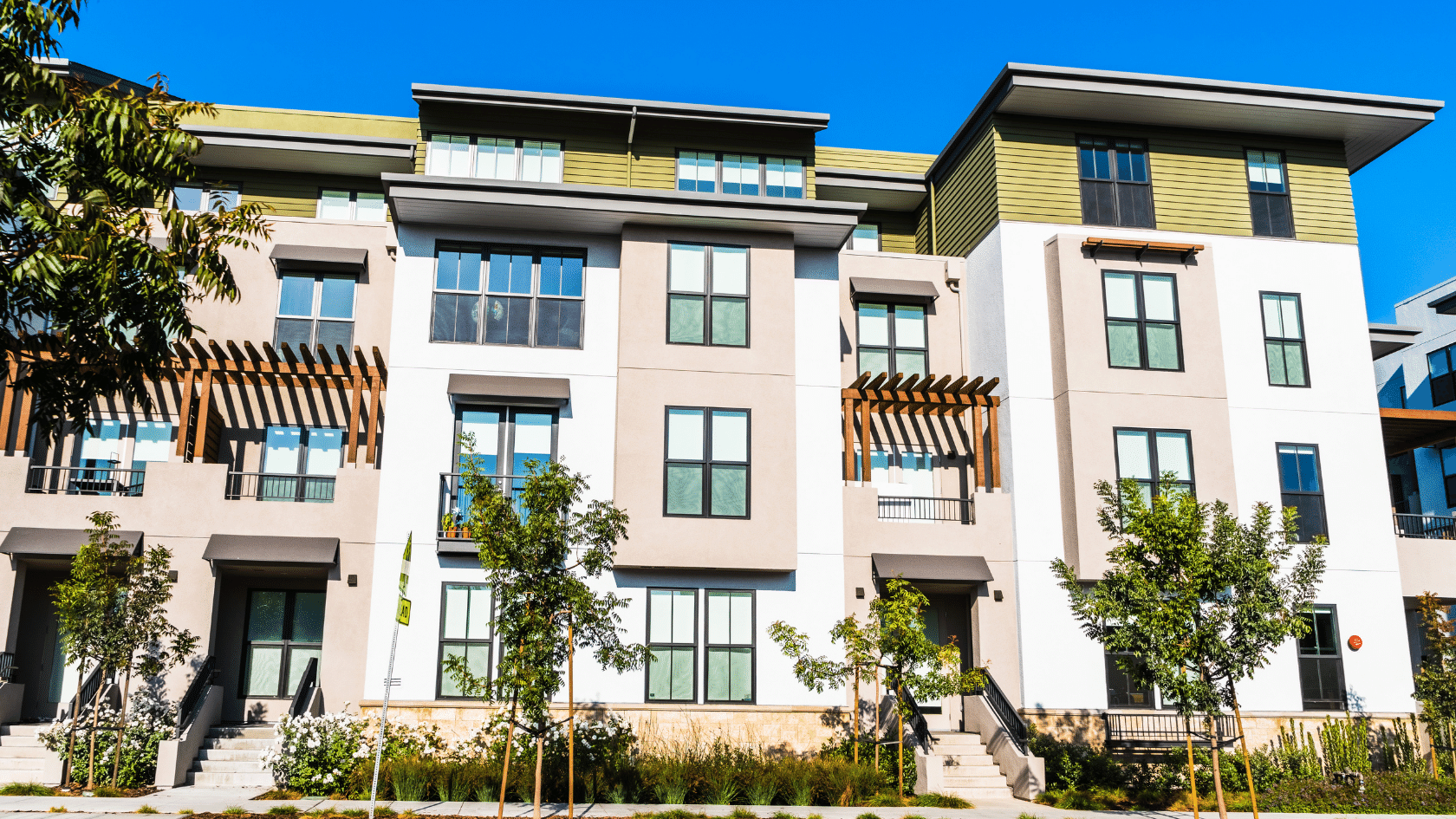New to multifamily investing? Don’t let all the terms confuse you.
When entering the world of multifamily, you will face a barrage of new acronyms/terms. LTV, ROI, cap expenses/expenditure, net cash flow, IRR, NPV, debt coverage ratio, NOI, cap rate, and cash-on-cash are some of the terms you will hear as you enter this world. Well-versed investors may throw these terms at you, and you would be justified in thinking they are speaking a foreign language.
Not to worry; over time you'll be speaking just like a multifamily veteran. Increase your level of understanding and expertise by researching the following common acronyms and terms you'll hear.

1. Capitalization Rate (Cap Rate)
The cap rate is determined by the net operating income divided by the price of the asset. This calculation is typically made for the first year of operation. It is a method that allows the normalization of potential returns so that a comparison of competing investments can be made.
2. Net Present Value (NPV)
The difference between the present value of cash inflows and outflows over a time period is called the net present value. This is a useful financial tool in capital budgeting because it normalizes future income and spending on the value of today. It gives the current value of a future stream of income.
3. Internal Rate of Return (IRR)
Investors sometimes face multiple investment opportunities and need a metric that will allow them to choose the best investment option. The internal rate of return allows comparison between competing projects. The IRR is a discount rate that sets the NPV to zero. In other words, IRR is not a dollar value — it is the annual rate of return that makes the NPV zero. This normalizes potential returns between competing investment opportunities and thus forms a rational basis for judgment. Given similar investment opportunities, the higher the IRR the better the investment.
4. Cash-on-Cash
This is the cash flow before tax of an investment in a given timeframe divided by the total capital equity invested. Once again, this metric gives the investor a financial tool to make investment decisions.
5. Debt Coverage Ratio
This is the ratio of NOI (net operating income) to the mortgage payment. Since NOI can vary over time, typically only first-year numbers are considered.
6. Loan to Value (LTV)
This metric is a ratio between the loans secured for a project against the value of the project. It is usually expressed as a percentage.

7. Capital Expenses
Capital expenses can be defined as those that will improve the value of a property. For example, if units of a multifamily property are renovated (new carpet, paint, new appliances, kitchen upgrades, etc.) leading to increased rents, these are considered capital expenses. Repairs such as fixing a broken AC unit or a leaky faucet are considered operating expenses.
8. Return on Investment (ROI)
The ROI of a multifamily investment can be calculated by two methods: the cost and the out-of-pocket method.
Cost Method
In the cost method, the net increase in value of the property (the difference between the increased value and the original value) is divided by the net costs (purchase price plus cost of improvements).
For example, let's analyze a property purchased at $200,000 (all cash by the investor):
- Property upgrades cost another $100,000 and this increases the value of the property to $400,000.
- The gain in value will be $400,000 – ($200,000 + $100,000) = $100,000.
- To calculate ROI: $100,000/($200,000 + $100,000) = 0.33 or 33%.
Out-of-Pocket Method
In the out-of-pocket method, the use of leveraged investments increases the ROI. The net investment in this case is the amount put into the deal by the investor sans financing for the deal. Thus, the invested amount is smaller for any gain in value so the ROI calculated will be higher.
Let's assume the investor obtained a loan for $150,000 and put down $50,000 to purchase the same property. The cost of upgrades remains the same and the increase in property value remains the same.
To show the power of leveraged investments, the new calculation will be:
- Property purchased at $200,000 ($50,000 cash by investor + $150,000 mortgage).
- Property upgrades cost another $100,000 and this increases the value of the property to $400,000.
- The gain in value will be $400,000 – ($50,000 + $100,000) = $250,000.
- To calculate ROI: $250,000/($50,000+$100,000) = 1.66 or 166%.
These are commonly heard acronyms/terms. To be a savvy investor, your foundational knowledge must be solid. Hopefully, this list will help you navigate the multifamily investment process until your level of expertise increases.
About the Author:
Veena Jetti is the founding partner of Vive Funds, a unique commercial real estate firm that specializes in curating conservative opportunities for investors.



